Nasa Vs Isro, Space exploration, a testament to human curiosity and innovation, is a fascinating realm where the impossible becomes possible. Among the key players in this arena are NASA, America’s premier space agency, and ISRO, India’s acclaimed space research organization. While both entities share a common passion for unlocking the mysteries of the universe, they are distinct in their objectives, resources, and approaches. Let’s delve into an intriguing comparison of NASA and ISRO, highlighting their histories, achievements, plans, differences, and similarities.
Introduction (NASA vs ISRO)
Brief Overview of NASA and ISRO
The National Aeronautics and Space Administration (NASA), established in 1958, has been at the forefront of global space exploration, contributing critical knowledge about our planet, solar system, and the vast universe beyond. From landing humans on the moon to launching the Hubble Space Telescope, NASA’s feats are monumental.

On the other side of the globe, the Indian Space Research Organisation (ISRO), founded in 1969, has made significant strides despite its relatively younger age and limited budget. ISRO’s primary focus lies in harnessing space technology for national development, while also pursuing planetary exploration and space science research.
Part 1: NASA
History and Background of NASA
NASA was created in response to the Soviet Union’s successful launch of Sputnik, the world’s first artificial satellite, in 1957. This event marked the onset of the Space Age and triggered the United States to establish a centralized agency to advance their space exploration efforts. Thus, NASA was formed, replacing its predecessor, the National Advisory Committee for Aeronautics (NACA).
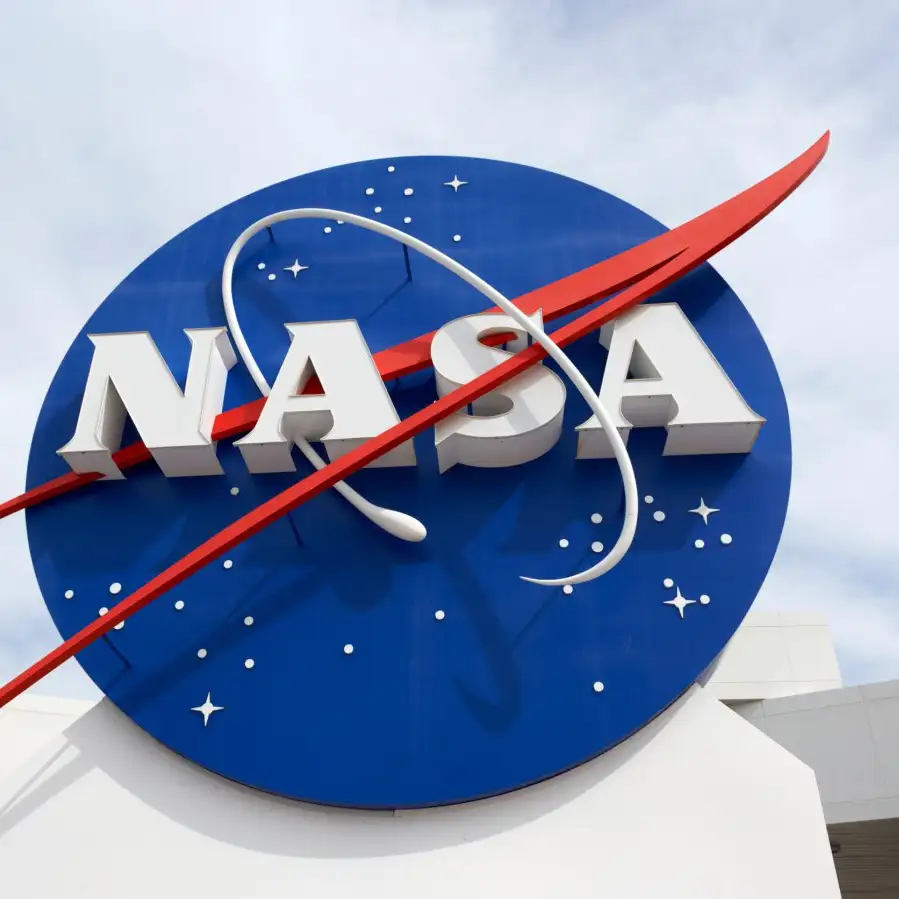
Major Achievements of NASA
NASA’s list of accomplishments is extensive. The Apollo Moon Landing in 1969 remains one of humanity’s most extraordinary achievements. The Hubble Space Telescope, launched in 1990, revolutionized astronomy by providing unprecedented deep space images. More recently, NASA’s Perseverance Rover landed on Mars in 2021 and continues to explore the Martian landscape.
Current Projects and Future Plans of NASA
Currently, NASA is working on a myriad of missions. Notable among them is the Artemis program, aiming to land “the first woman and the next man” on the Moon by 2024. Furthermore, the James Webb Space Telescope, set to launch soon, is expected to succeed the Hubble as the most potent space telescope ever built.
Part 2: ISRO
History and Background of ISRO
ISRO was established in 1969 by Dr. Vikram Sarabhai, the father of India’s space program. Despite starting with limited resources, ISRO has consistently worked towards Dr. Sarabhai’s vision of using space technology for national development.
Major Achievements of ISRO
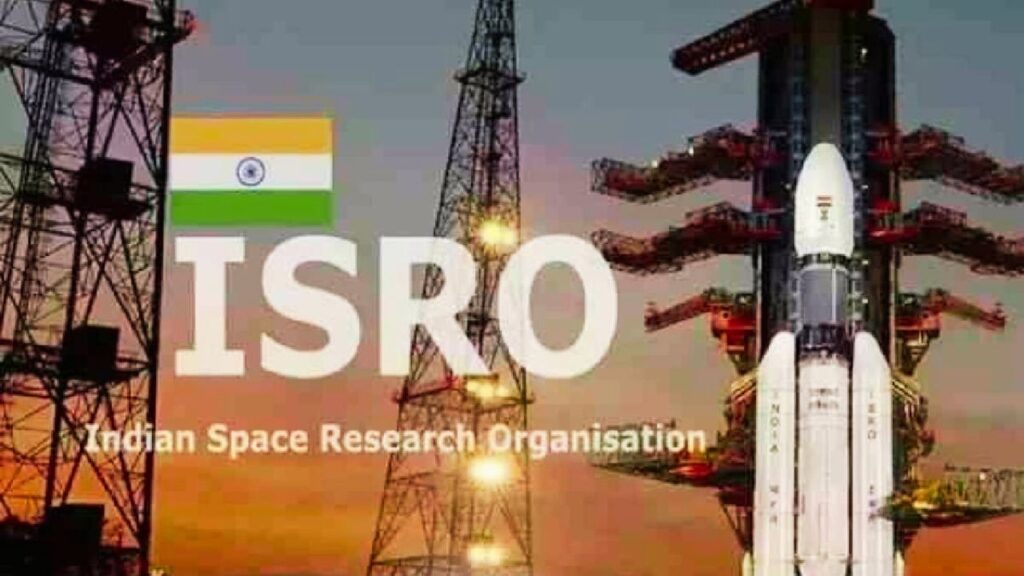
ISRO’s milestones include launching Aryabhata, India’s first satellite, in 1975, and Chandrayaan-1, India’s first lunar probe, in 2008. In 2014, ISRO made history by becoming the fourth space agency to reach Mars and the first to do so on its maiden attempt with its Mars Orbiter Mission (MOM).
Current Projects and Future Plans of ISRO
ISRO has ambitious future plans, including the Gaganyaan mission, which aims to send Indian astronauts into space by 2022. Furthermore, Chandrayaan-3, a follow-up lunar exploration mission, and Aditya-L1, a mission to study the Sun, are in the pipeline.
Comparison between NASA and ISRO
Differences in Mission Objectives
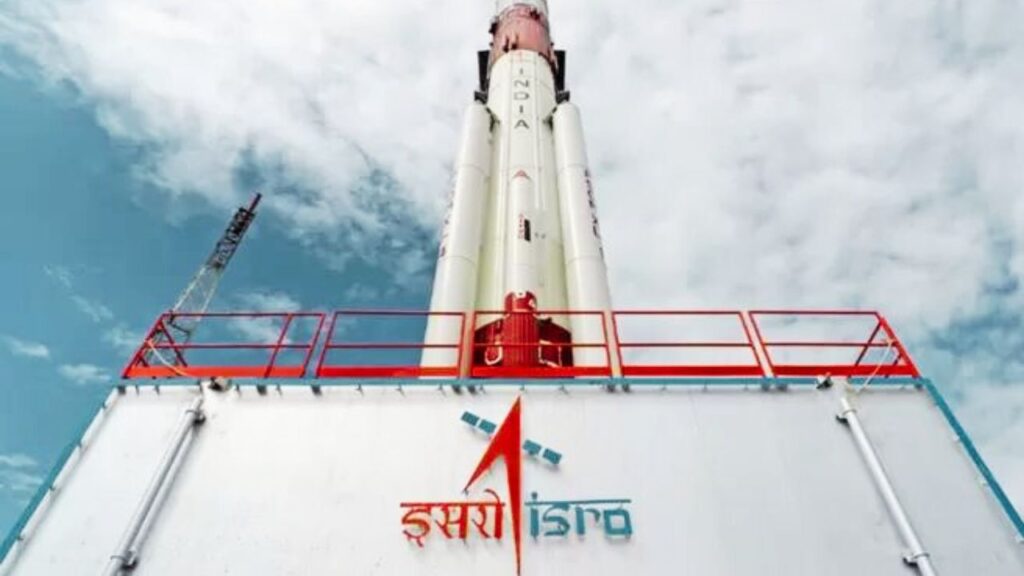
While both NASA and ISRO aim for space exploration, their objectives differ. NASA primarily focuses on broad scientific discovery, whereas ISRO concentrates on applying space technology for national development, along with its space exploration goals.
Differences in Technology and Resources
NASA, with a longer history and larger resources, has more advanced technology. ISRO, on the other hand, has demonstrated an ability to achieve significant results with frugal engineering and cost-effective methods.
Differences in Budget and Funding
NASA’s budget, funded by the U.S. government, dwarfs that of ISRO. Despite this financial disparity, ISRO has garnered global acclaim for its economical yet successful missions.
People also reads :- Spider-Man vs Venom
Similarities between NASA and ISRO
Shared Objectives and Goals
Both NASA and ISRO share the objective of understanding the universe and fostering scientific knowledge. They also have a mutual interest in exploring the Moon and Mars.
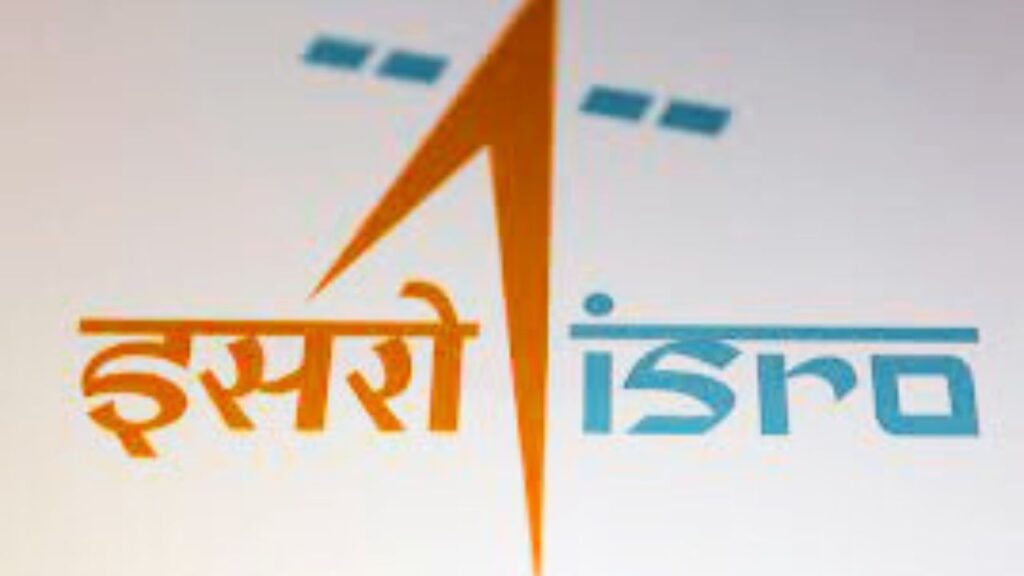
Collaboration and Joint Ventures
NASA and ISRO have collaborated on several projects. For instance, they are jointly developing the NASA vs ISRO Synthetic Aperture Radar (NISAR) mission, aimed at observing Earth and studying global environmental changes.
Conclusion
Importance of Space Exploration
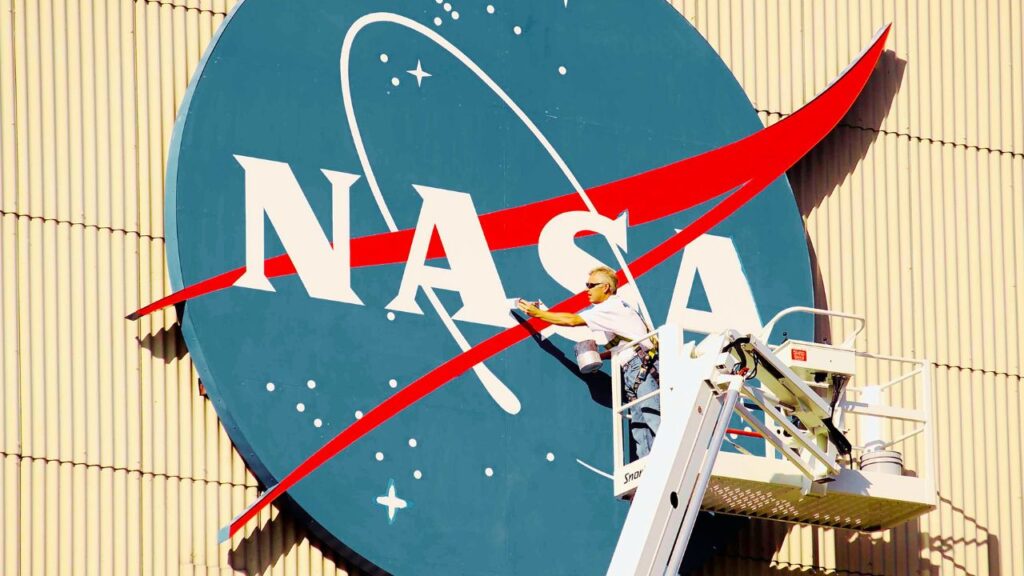
Space exploration is vital because it pushes the boundaries of human knowledge, fosters international cooperation, and inspires future generations. As we venture deeper into space, the science and technology developed can also lead to benefits for life on Earth.
Final Thoughts on NASA vs ISRO
Both NASA and ISRO are testimonies to what humanity can achieve when curiosity meets determination. While they may differ in their resources, objectives, and paths, they are united by a shared drive to unlock the secrets of the cosmos. Their journey reminds us that space exploration is not a competition but a collective endeavor for the advancement of humankind.
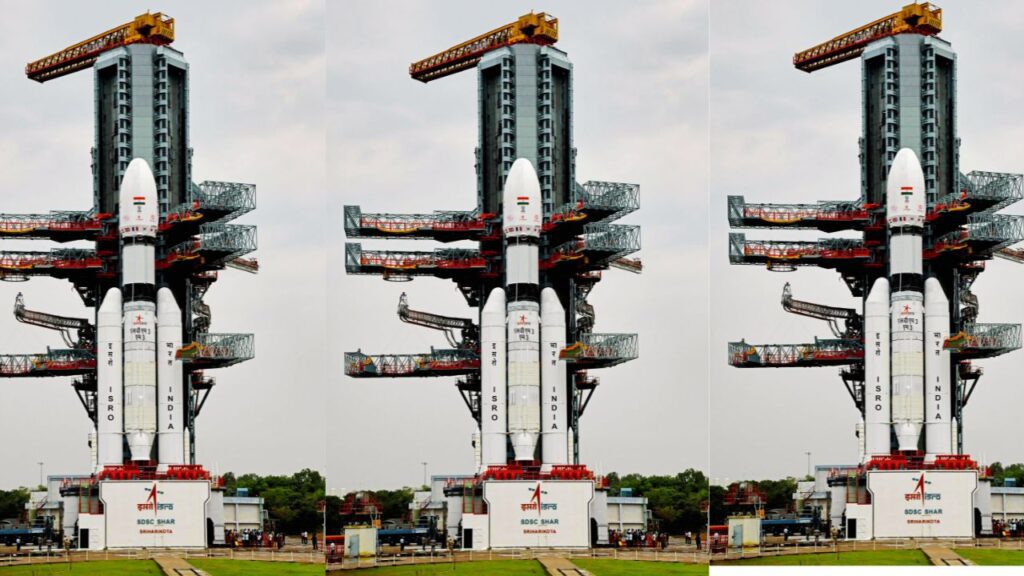
What is the primary difference between NASA and ISRO?
This question aims to understand the fundamental distinctions between the two space agencies, such as their origins, missions, and objectives.
How do NASA and ISRO compare in terms of budget and funding?
This question explores the financial aspects of the two organizations, including their budgets, sources of funding, and how their funding levels impact their activities.
What are the major achievements of NASA and ISRO in space exploration?
This question delves into the notable accomplishments and milestones achieved by both NASA and ISRO in areas like satellite launches, Mars missions, lunar exploration, and beyond.
How do NASA and ISRO collaborate with each other and with other international space agencies?
This question explores the extent of collaboration between NASA and ISRO and their partnerships with other space agencies, highlighting joint missions and cooperative efforts.
What are the future plans and missions of NASA and ISRO?
This question focuses on the upcoming projects, missions, and long-term goals of NASA and ISRO, shedding light on their vision for the future of space exploration and research.




